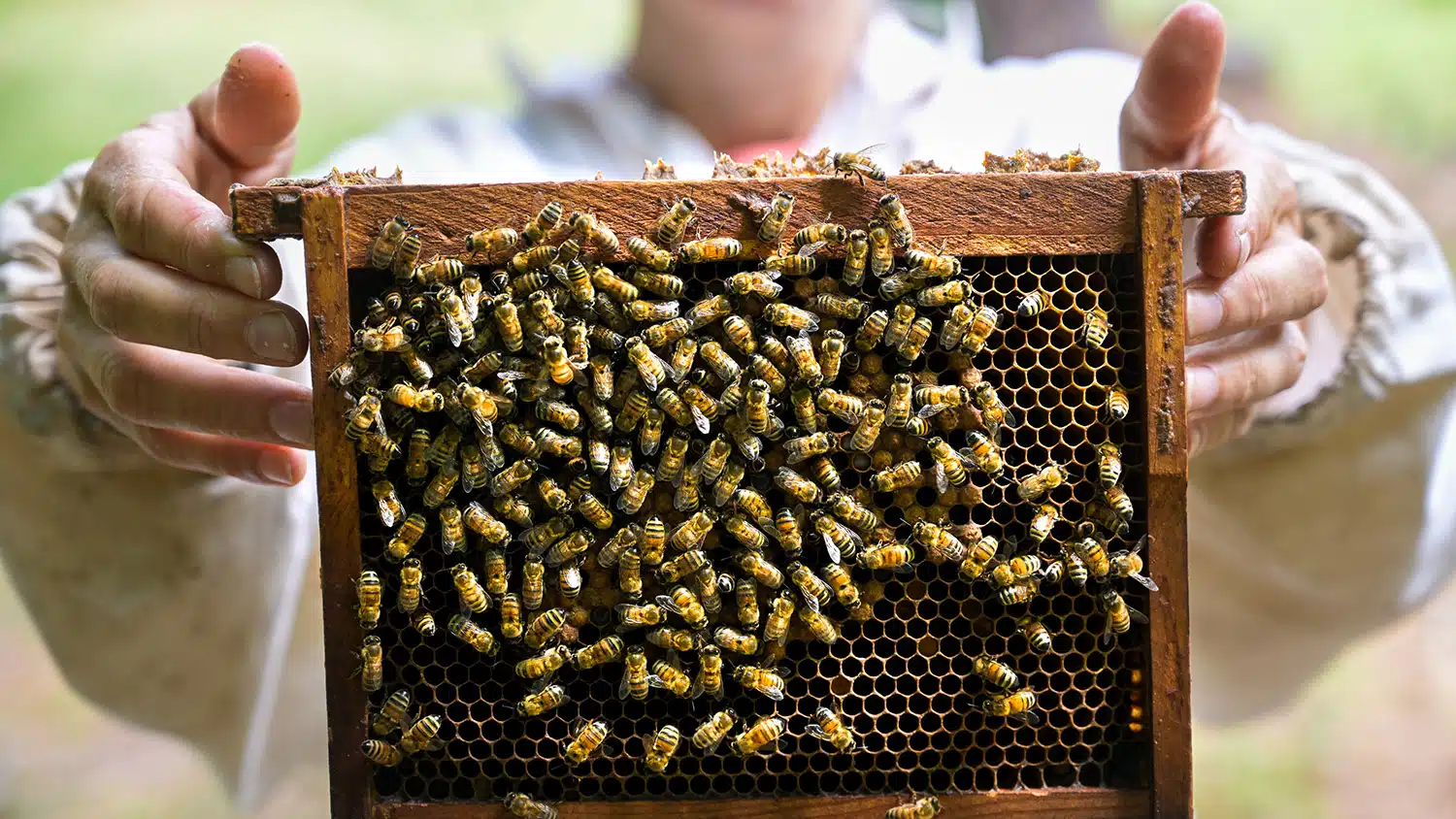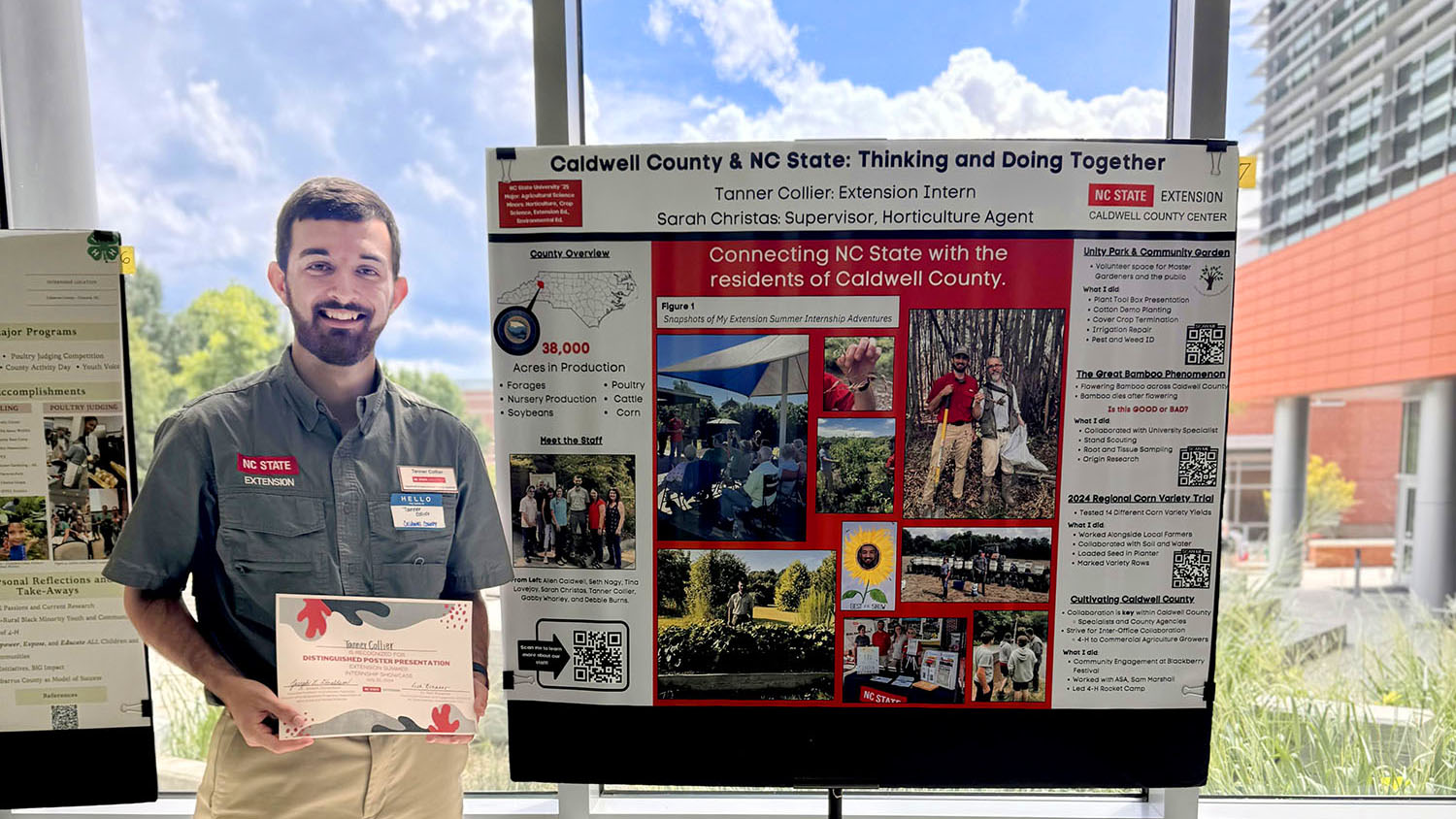After the Storm: Soil Strike Team Helps Farmers Assess Land
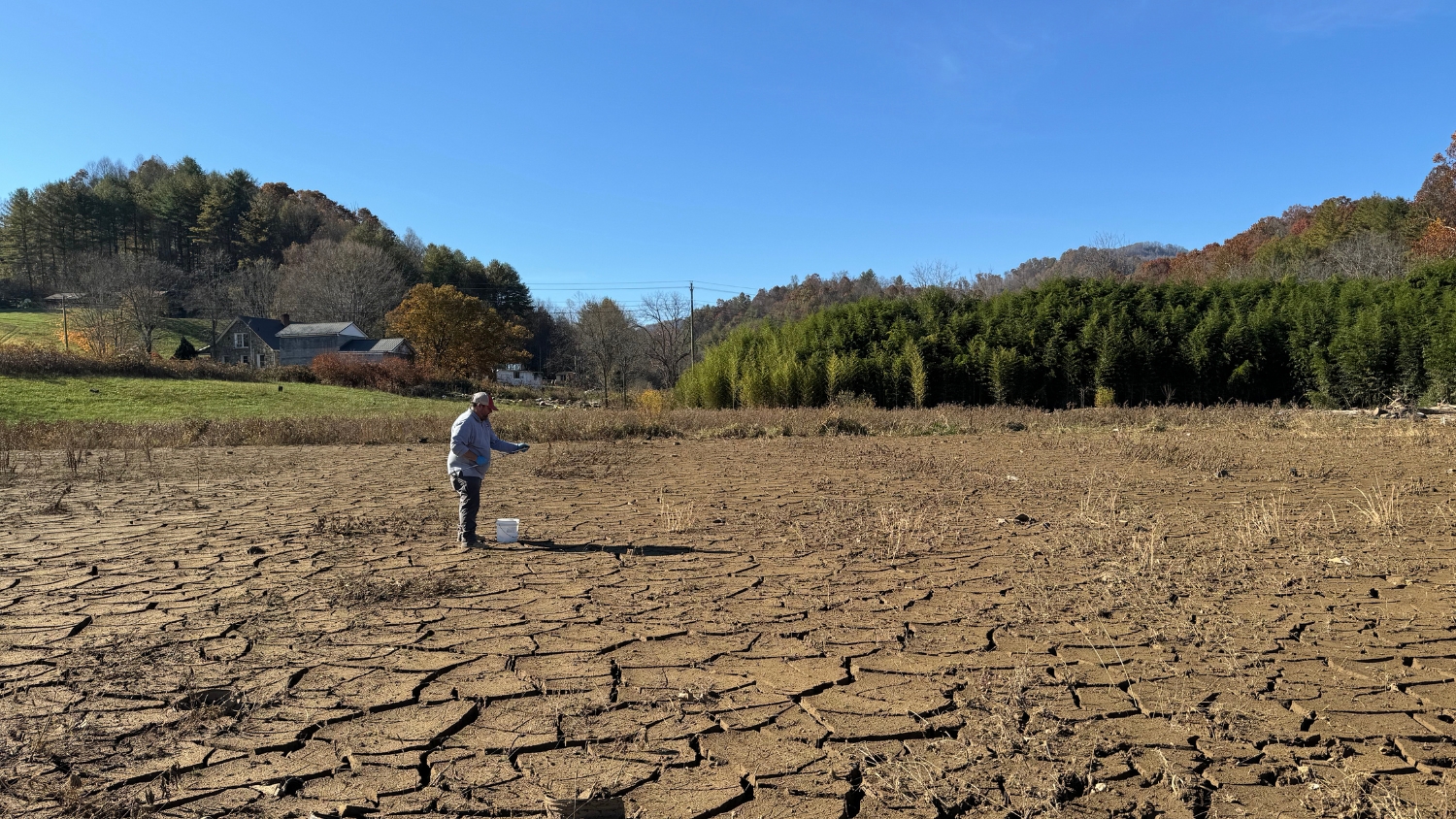
In the wake of Hurricane Helene, western North Carolina faces a slow recovery. While power has been restored and roadways repaired, farmers are contending with profound changes to the foundation of their livelihood — their soil.
Last week, a team of researchers from NC State University’s Department of Crop and Soil Sciences visited western North Carolina to support local Extension agents in evaluating the shifting landscape.
“The scenario up here is overwhelming,” said Luke Gatiboni, NC State professor of soil fertility. “There is so much destruction that some farmers may not be able to recover some fields. Nothing is there anymore – just bedrock. It is truly sad.”
Assessing Scarred Soils
The storm’s heavy rains, flooding, and mudslides transformed fields across the region. In some areas, topsoil was completely stripped away, while in others, deposits coat fields in up to three feet of sediment, debris and gravel.
“It’s not soil that was deposited in these fields,” said Stephanie Kulesza, assistant professor of nutrient management. “It’s sand, silt or gravel, depending on how the water-energy moved. And there’s no variation in particle size, which can cause future challenges with holding and draining water.”
Kulesza was part of a four-member NC State soil Extension strike team that assessed soil conditions at 18 farms across western North Carolina, including the six hardest-hit counties: Buncombe, Avery, Mitchell, Madison, Watauga and Yancey.
Alongside local Extension agents, the team took soil and water samples to test for contaminants and evaluate agricultural risks.
Widespread flooding breached wastewater treatment plants, septic systems, industrial areas and farms across the mountains, carrying a slurry of biological and other contaminants along with piles of tree and trash debris.
Kulesza says knowing what’s underfoot is paramount to keeping farmers, citizens and animals healthy.
“This was a huge event, and human and animal health is an ongoing concern,” she said. “Crops and animal forage grown in contaminated soil could expose people and livestock to harmful bacteria.”

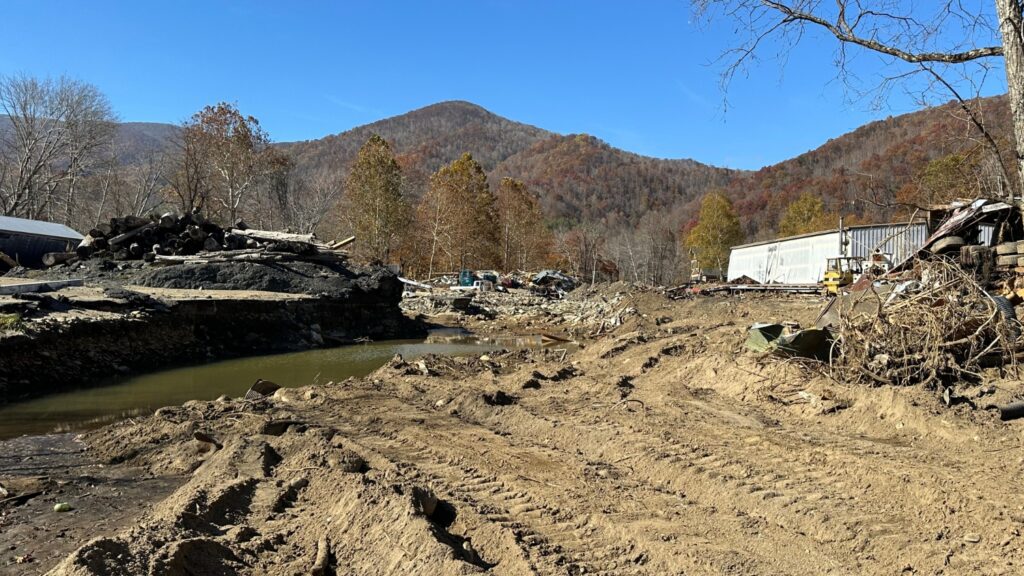
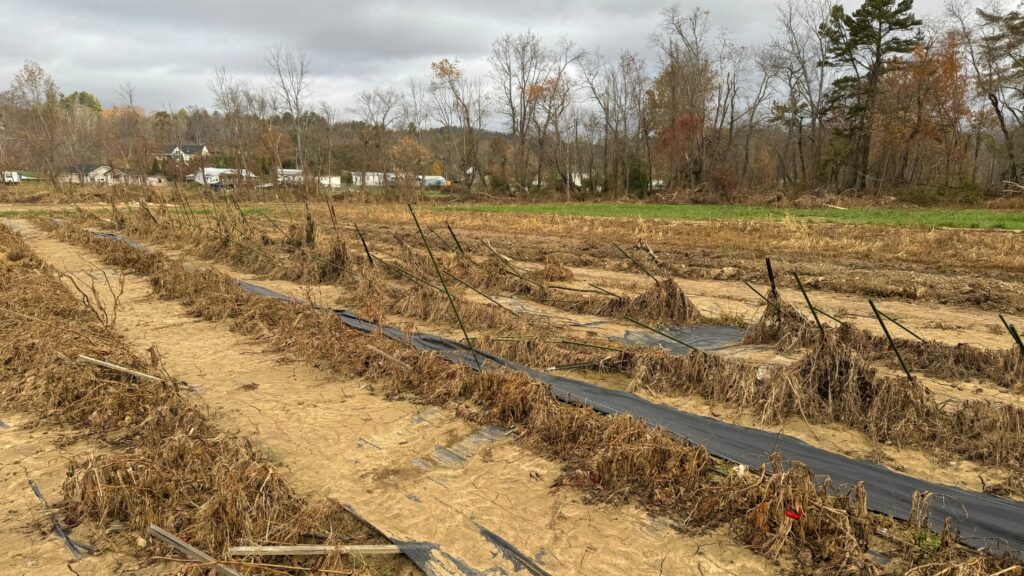
Sampling for Safety
The strike team collected multiple soil and water samples, especially from areas at higher risk of contamination. While flood waters have receded, Erin Rivers, assistant professor of water quality, said biological contaminants can linger for weeks or longer if there are uncontrolled contaminant sources upstream.
“Bacterial contaminants can persist in soils for 60-90 days depending on conditions, and heavy metals potentially much longer,” Rivers said. “And any flooded area could have exposure, not only those with visible deposits.”
Waiting until spring isn’t an option for many farmers whose fields and creeks are unrecognizable. Erosion carved out streambanks and left fields with bare soil both vulnerable to additional weathering from winter precipitation. Stabilization is a top priority.
“Soil is a farmer’s livelihood,” Kulesza said. “They need to protect what they have from further movement. And soil amendments like lime and fertilizer need time in the soil to work.”
The team has called on additional experts from NC State’s College of Agriculture and Life Sciences (CALS) to advise on streambank engineering. Meanwhile, they’re focusing on cover crop recommendations and soil testing. But it’s not the standard North Carolina Department of Agriculture & Consumer Services soil testing most farmers know.
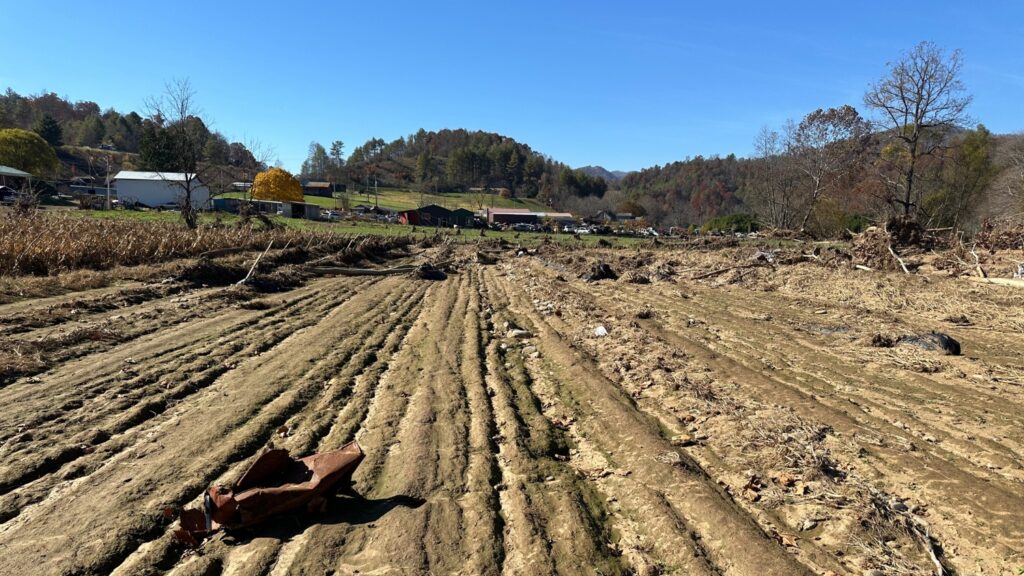
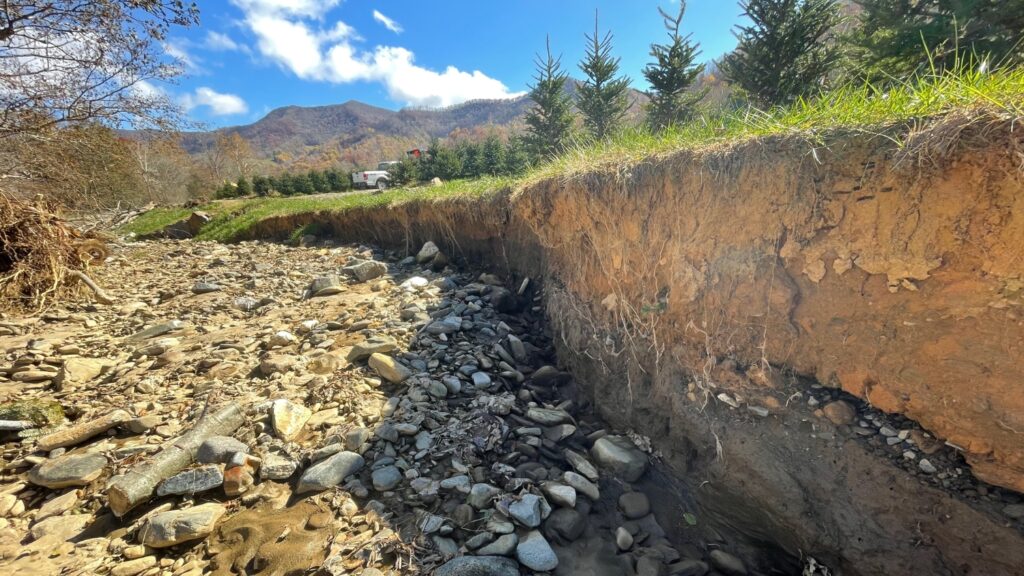
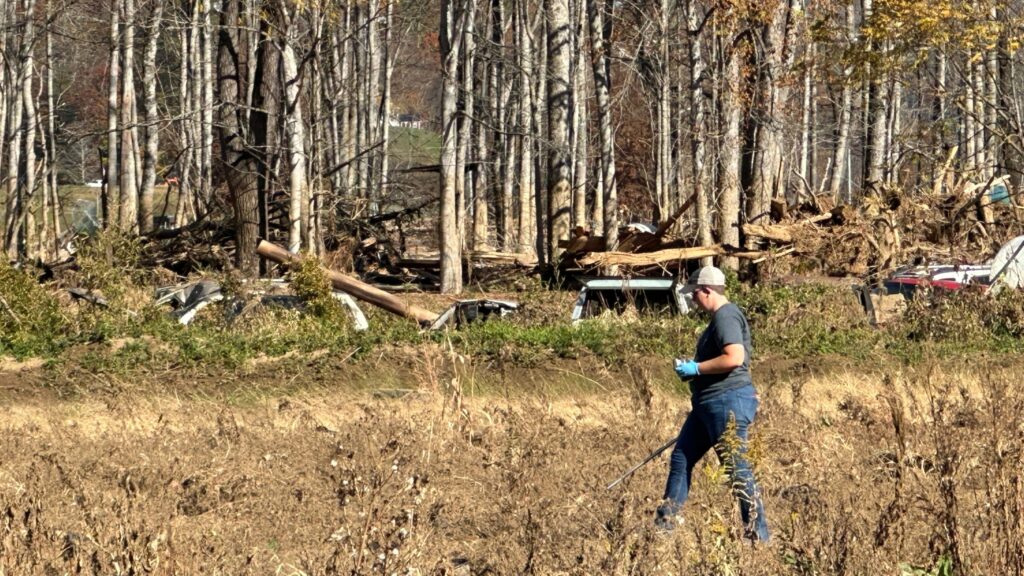
Complex and Costly Testing
“We’re analyzing these initial soil samples not only for fertility but also for bacterial and heavy metal contaminants,” Kulesza noted. “But the testing is expensive — up to $150 per sample — and for farmers who have already lost so much, it’s hard to ask them to bear this cost.”
Recognizing the high analysis cost at certified labs, researchers are adapting methods to enable cost-effective and rapid in-house screenings, including specialized methods and equipment for heavy metals testing and modified soil water bacterial test kits.
“These adapted methods extend our capacity to support a larger number of farmers, and in the case of the bacterial tests, we hope to get these in the hands of Extension agents who can perform these tests in the field,” Rivers said.
Kulesza’s group is working on grant funding from multiple sources to fund expanded testing as well as GIS technology and field data that could be employed to identify high-risk areas for future visits.
In the meantime, initial sample test results will be shared with farmers through local Extension agents, who serve as a farmer’s first-line resource. University teams will continue preparing fact sheets and decision-making tools to guide farmers’ unique situations. The group expects to make additional field visits later this year.
“Some of the most fertile soils in these mountain valleys are now gone,” Kulesza said. “They produced insanely high yields because of abundant water and fertility. Their loss will have a big impact on crop production if we can’t restore them.”
Want More Field-Based Facts?
For more field-based insights and resources, farmers can visit the NC State Extension portal for fact sheets and information tailored to their recovery needs.
The N.C. Disaster Information Center includes ongoing updates and fact sheets on soil management and planting considerations.
Connecting farmers with science-based guidance is just part of how we are growing the future.
